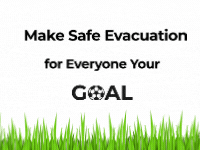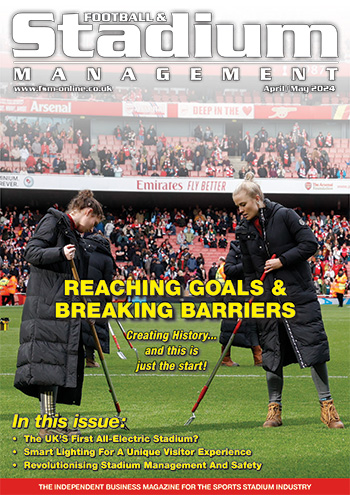Ventilation Debate Heats Up At BESA Conference
 logo.jpg) The role of ventilation systems in tackling the Coronavirus epidemic inside buildings has hit the national headlines and raised temperatures in Parliament.
The role of ventilation systems in tackling the Coronavirus epidemic inside buildings has hit the national headlines and raised temperatures in Parliament.
Advisors on the government’s SAGE advisory group stated last week: “Ventilation should be integral to the Covid-19 risk mitigation strategy for all multi-occupational buildings.”
The German government has also announced a £450 million programme to improve ventilation in its public buildings and the UK government is under growing pressure to follow suit.
This topic will be the subject of an eagerly awaited plenary session at the BESA National Conference, which is being held online on November 4th and 5th, and will look in detail at the current technical guidance and consider the implications, challenges and opportunities ahead for the industry.
The advice to government has been backed up by a new study from Cambridge University, which concluded that displacement ventilation systems could help to reduce the number of virus particles in circulation. They introduce cooled air at lower levels and work on the principle of the air warming and rising to remove particles above head height.
However, many commercial buildings use air ‘mixing’ systems to try and provide a uniform comfort level and reduce energy consumption. The researchers found this approach was riskier because it would disperse airborne contaminants evenly across an occupied space including droplets and aerosols that may transport viruses.
Critical
“As winter approaches and people start spending more time inside, understanding the role of ventilation is critical to estimating the risk of contracting the virus and helping slow its spread,” said Professor Paul Linden from Cambridge's Department of Applied Mathematics and Theoretical Physics (DAMTP), who led the research.
The Conference session will be chaired by former BESA President Tim Hopkinson and will feature the Association’s head of technical Graeme Fox; BESA Ventilation Hygiene Group chair George Friend; air purification specialist Naeem Walji of 4th Wave Technology; and HVAC innovator and consultant Martin Crouch of Alpha Engineering.
They will present a range of scenarios for the development of ventilation solutions and ways for building engineering contractors to help protect occupants in the current crisis and into the future; including opportunities for the sector to grow.
“This is a unique period for mechanical ventilation professionals, who will have to get used to the full glare of publicity,” said Hopkinson. “That is unchartered territory for a service that has been routinely ignored due to being ‘out of sight out of mind’, but which is now getting belated recognition for the vital role it has always played in the health and wellbeing of building occupants – and is now seen as a key weapon in the battle against Covid-19.
“The BESA Conference is an opportunity to hear from a range of experts, but also to put forward your own points of view as delegates – using the online conference platform ‘chat rooms’ – and to have a full and frank debate about how our industry needs to respond to the current situation.”
One key topic will be how the industry can illustrate the level of risk to clients. For example, the Cambridge researchers used carbon dioxide (CO2) concentrations as an indicator of air change rates and, therefore, the potential for airborne contamination.
They suggested that CO2 concentrations above 700 parts per million (PPM) should raise alarm bells about the potential for virus spread and prompt re-examination of both speed and direction of airflows. “Insufficient ventilation can lead to high CO2 concentrations, which in turn could increase the risk of exposure to the virus,” said Linden.
The research also supported the wearing of masks, which were found to be effective at reducing the spread of exhaled breath, and therefore, the momentum of droplets through the air.
BESA has been advising members of the public, contractors and end users throughout the pandemic period with a consistent message to maximise the amount of outside air being introduced to buildings to dilute the airborne viral load.
Maximise
Ventilation systems should be correctly set to maximise the amount of air being brought into the occupied spaces and should be regularly maintained. The Association recommends that systems are run for longer and at higher speeds than normal – starting two hours before occupation and kept running at lower speeds overnight and at weekends to purge the building.
It is also not a good idea to simply rely on opening windows, according to BESA’s Graeme Fox.
“If there is little or no wind, the air will not naturally flow into a building from outside particularly if the temperature outside is colder than inside,” he said. “In that case the air will flow out rather than in so even less supply air is available to the occupants.
“Mechanical ventilation and air conditioning systems will, clearly, play an increasingly important role and must be properly installed, commissioned and maintained,” added Fox.
For more information about this session and the wide range of other topics being covered during the busy two-day Conference go to: www.theBESA.com/conference















































